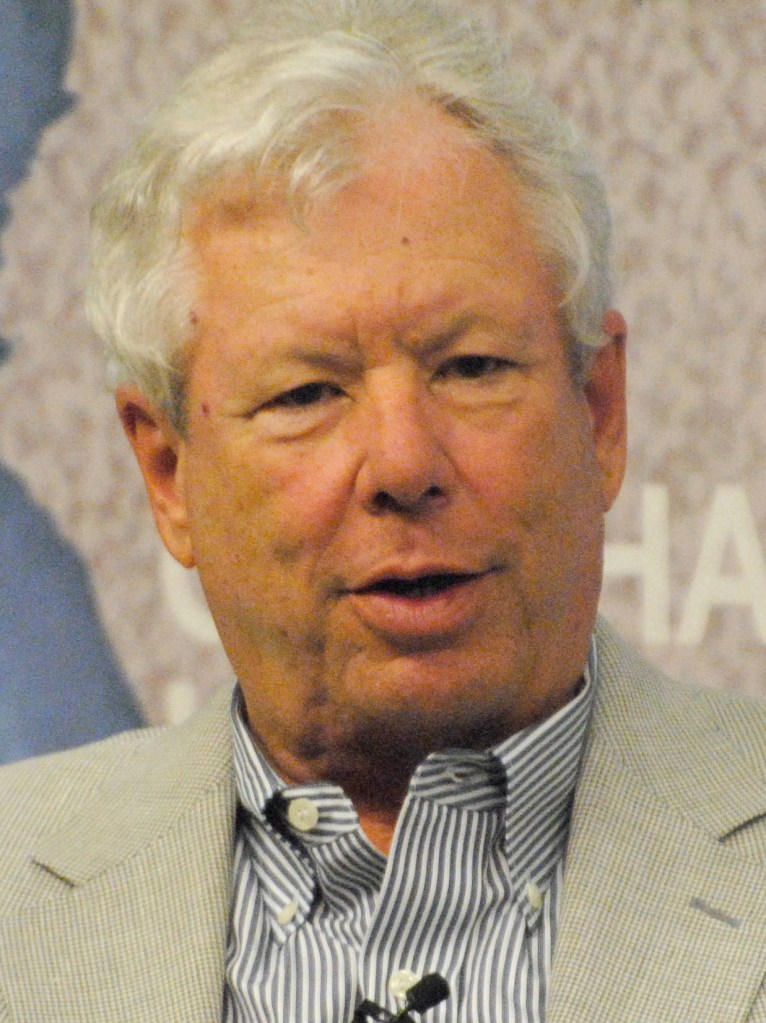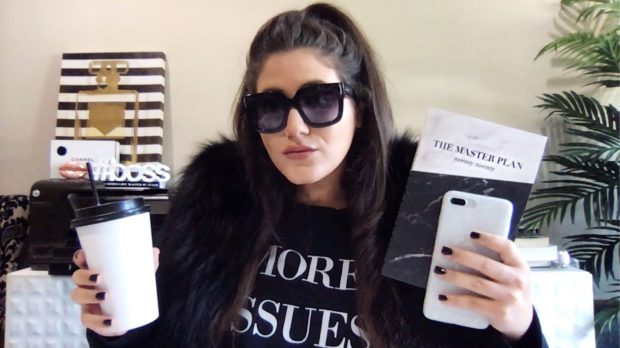With the holiday season fully upon us, no doubt you have made a gift list for the loved ones in your life. However, what do you plan to gift yourself? While new clothes and fancy toys are always fun, why not give yourself a gift that improves your health and leads to greater connection opportunities. It is the simple act of taking time off.
In an article for Psychology Today titled, The Importance of Taking a Break from Work, clinical psychologist Monica Vermani explores the reasons why taking time off of work is a health care prescription. She starts the article with the sad fact that most Americans fail to take their allotted vacation time.
According to a recent Pew Research survey, 46 percent of employees take less time off than their employer offers. In 2022, according to Qualtrics research, American workers left an average of 9.5 vacation days unused. Recent Canadian statistics paint an even bleaker picture, with just 29 percent of employees taking full advantage of paid time off.
That’s not all. In a 2023 ELVTR poll of 2,300 North American employees, most reported working while on vacation. Many also reported that weekends and nonworking hours are far from off-limits.

This failure to disconnect from work can lead to burn-out and other health issues. Therefore, Vermani advocates for taking a true and complete break from work. She points out that doing this is vital to your mental health.
The value of taking that postponed vacation and setting reasonable boundaries around minimizing communication with work colleagues outside of working hours are many, including stress and burnout prevention, gaining new perspectives on workplace stressors, improving mental and physical health, and improved sleep. Furthermore, vacations can be especially effective at raising levels of happiness, making time to reconnect with family and friends, and exploring locations and activities that foster joy and inspiration. Vacation time is also known to reduce the risk of heart attack and stroke. Time away from the daily grind also expands our creative abilities.
She then shares why setting heathy boundaries is important to everyone.
Our time and energy are valuable—and finite—assets. At the end of the day, it is our responsibility to build healthy boundaries around our finite resources. Building healthy boundaries is all about prioritizing our mental and physical health, well-being, and needs, and building awareness of the causes and signs of workplace burnout, including trouble concentrating, exhaustion, irritability, a decrease in productivity, and physical symptoms, like headaches, muscle aches, gastrointestinal issues, and changes in sleep routines.
To learn more, including her six steps to creating a healthier work/life balance, please read the rest of the article. In the meantime, it is not too late to schedule that holiday vacation. Whether it is a trip out of town or staying home, either way make sure you enjoy some much-needed downtime.








